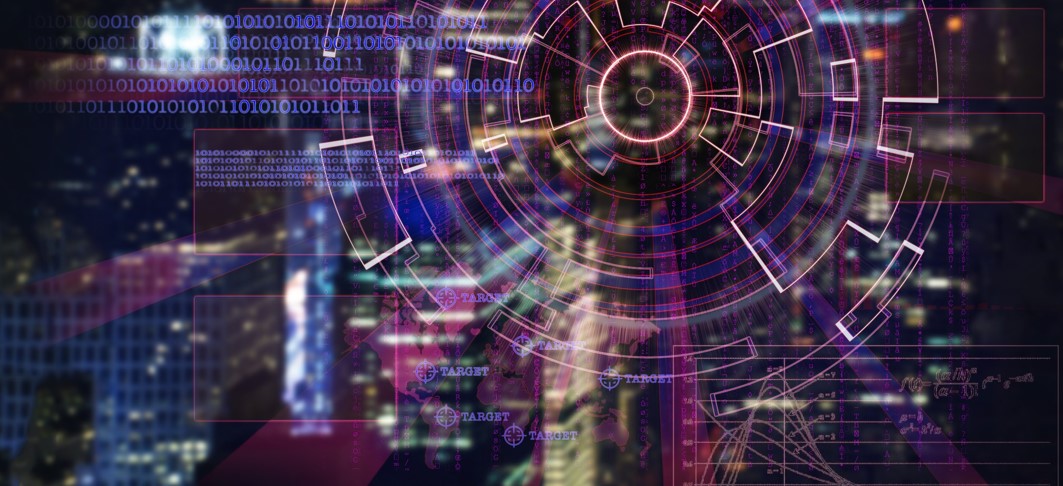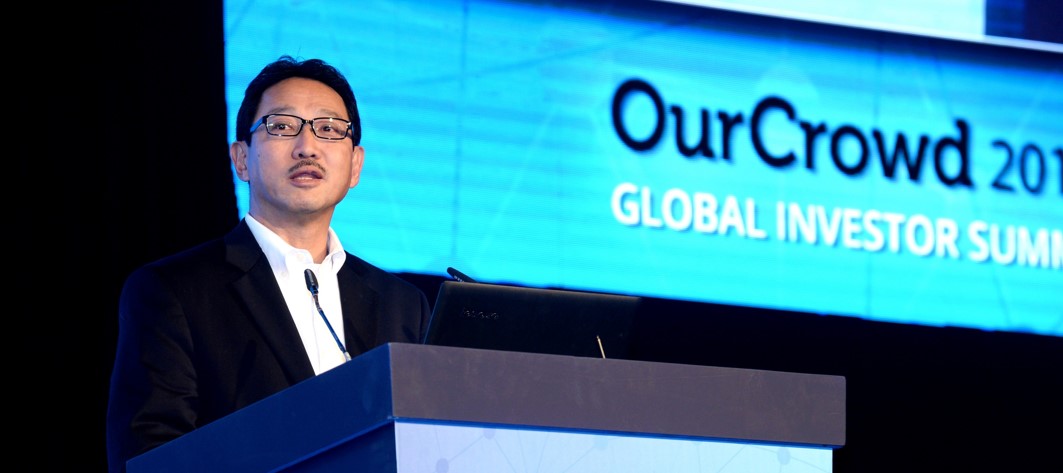Imagine a sense of security on the internet, where the identity of website users is known and secure based on how fast or slow they swipe their fingers across the touchscreen of a phone or tablet, and how much theirs hands shake.
The patented cybersecurity system, called BioCatch, also evaluates eye-hand coordination and palm size, combining all of this information to generate what its CEO Avi Turgeman calls a “cognitive signature” for users, able to identify when an unfamiliar person may be using a device. For now, this is a last-line of defense against unauthorized access to data, hacking attempts and other cyber-crimes, but someday this sort of built-in technology may replace passwords. In other words, machines may just know who is using them. It is this sort of technology — and the increased vulnerability of data — that is driving the ever-expanding future of cybersecurity.
As the world becomes increasingly digital, and hacking attempts grow increasingly more sophisticated, there is a growing demand for new and expanded security solutions. And the demand isn’t just coming from IT companies, but from everywhere, from the increasingly digital-reliant healthcare field to electrical and other utility companies, who fear their so-called smart grids are at risk. In 2014, 81% of large organizations experienced security breaches and reported security incidents in all sectors around the world rose 48% to 42.8 million, according to a report from PriceWaterhouseCoopers. All of this leads to a cybersecurity sector that will be worth $170.2 billion—roughly equal to the GDP of Ecuador, by 2020, according to a report from MarketsandMarkets.
According to most accounts, the cybersecurity sector was born in 1988, when Robert T. Morris, a graduate student in computer science at Cornell University, sent out a self-replicating worm on the internet’s predecessor, ARDANET, intending to count the number of online connections in the world. But, due to an error, the worm blocked networks and caused systems to crash, resulting in Morris being sentenced in court to three years of probation and ordered to pay a fine of $10,000, in addition to being dismissed from Cornell. A law to deal with cyber-crimes, the Computer Fraud and Abuse Act of 1986, had been written a couple years earlier, but it was only Morris’ worm that led to a “turning point in how society views its computer wizards,” The New York Times wrote back then.
Since then, the sophistication and impact of cyber-attacks have increased, with viruses developed in the 1990s causing system failures, and the first targeted, large-scale database breaches that began in the in the mid-aughts, often resulting in stolen credit card information. These have only grown and now often target cyber security solutions themselves; with the infamous 2013 installation of malware on retailer Target’s security and payment system, resulting in at least 40 million stolen credit card numbers. Now mobile devices, such as smartphones are increasingly targeted, and this realm is no longer relegated to computer nerds like the former Cornell student Morris, who eventually became a tenured professor at MIT. But criminal organizations and even governments and militaries have increasingly embraced cyber-crimes.
As more companies and organizations realize the financial costs of data breaches, estimated at an average of $3.5 million per incident, and the damage to their brand names and images, there is growing demand for cybersecurity solutions, and growing willingness of companies to invest in these solutions. Security is a top spending priority for CIOs, and even the White House has asked for an additional $14 billion to boost government defenses in 2016, according to Network World.
While it is impossible to outline here the vast creativity in the world of cybersecurity solutions, or when machines will be smart enough to just recognize who you are, it is clear the industry has great promise as demand for digital protection seems infinite. More and more there is cooperation across sectors and spheres to develop new solutions.
Even those companies not specializing in cybersecurity have entered the sector, as demonstrated by Intuit, which delivers business solutions, including the popular TurboTax and Mint platforms, but also develops new security solutions to safeguard its services. “As the world evolves, so do we,” Intuit’s corporate profile says.
Although the cybersecurity space has seen a lot of recent innovation, there is still plenty of room for growth and new players. The nascent industry is definitely going to be worth watching over the next few years.
——————————-
Stay tuned for more information on future cybersecurity technologies and investment opportunities at OurCrowd’s 2016 Global Investor Summit in Jerusalem next week (January 25-26)!









